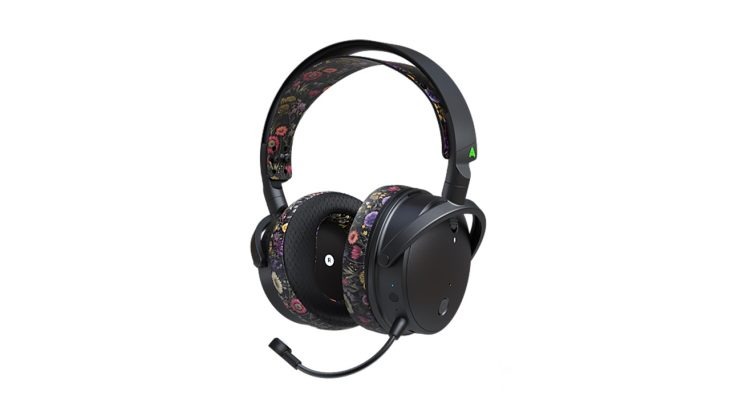Warner Bros. Games today announced DC Worlds Collide, a new free-to-play squad-based role-playing game for mobile devices, where players can collect, upgrade and unleash teams of their favorite Super Heroes and Super-Villains in dynamic PvP and PvE battles. Starting today, players are invited to pre-register on the App Store, Google Play and at the game’s official website at DCWorldsCollideGame.com. Pre-registrants will be notified upon the game’s release later this year and receive exclusive in-game rewards at launch.
Developed by Warner Bros. Games San Francisco and inspired by the DC comic storylines in “Trinity War” and “Forever Evil,” DC Worlds Collide features a thrilling storyline where the Crime Syndicate from another Universe has invaded Earth. Players must unite a team of the mightiest Super Heroes and Super-Villains in strategic 3D battles to stop this twisted Justice League from destroying the world.
Featuring a roster of more than 70 characters from the DC universe at launch with more to be added in future updates, players can collect, upgrade and lead their own squad of renowned characters including the likes of Superman, Batman, Wonder Woman, Harley Quinn, Lex Luthor, Bane, Gorilla Grodd and more. As players progress, they must discover team synergies and develop strategies to unlock new combinations and interactions to take on greater challenges.
Ranging from boss battles with increasing difficulty to 5v5 player vs. player arenas, DC Worlds Collide will also feature a large suite of solo and competitive game modes, minigames and events. The game will provide unique challenges that gradually increase in complexity, allowing players of all experience levels to enjoy and master.
“With DC Worlds Collide, we’ve built an experience where players can fully immerse themselves in the DC universe and build their dream team of Super Heroes and Super-Villains,” said Katelynd Lavallee, Vice President and Studio Head, Warner Bros. Games San Francisco. “Whether you’re a devoted DC fan, a seasoned RPG veteran, or a new player just getting started, this will be a community-driven experience where players can unite, compete and grow together.”
Starting today, players can pre-register on the App Store, Google Play or DCWorldsCollideGame.com to reach milestones and unlock exclusive in-game rewards at launch.







